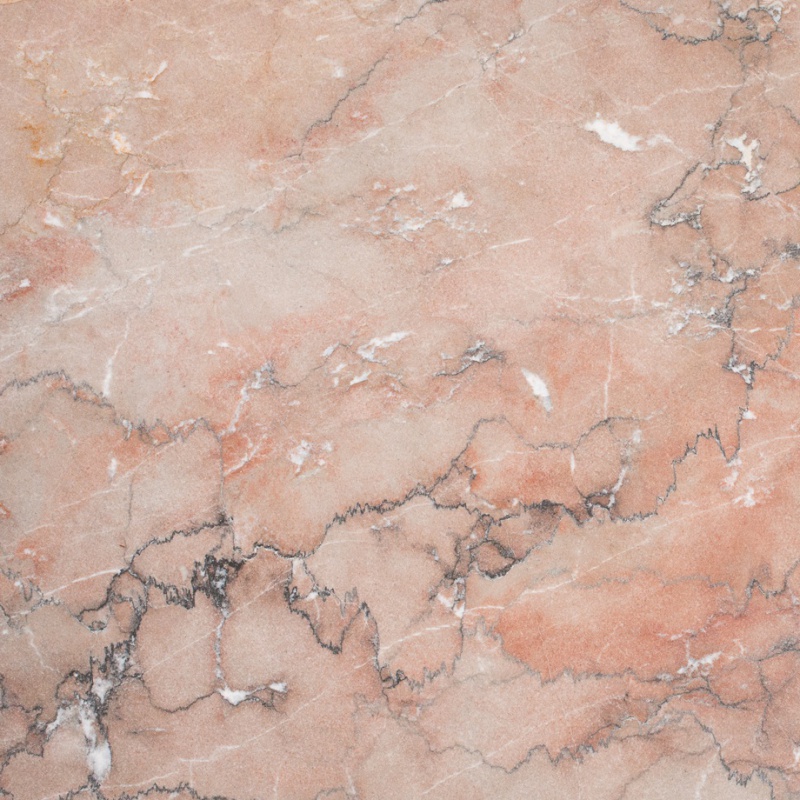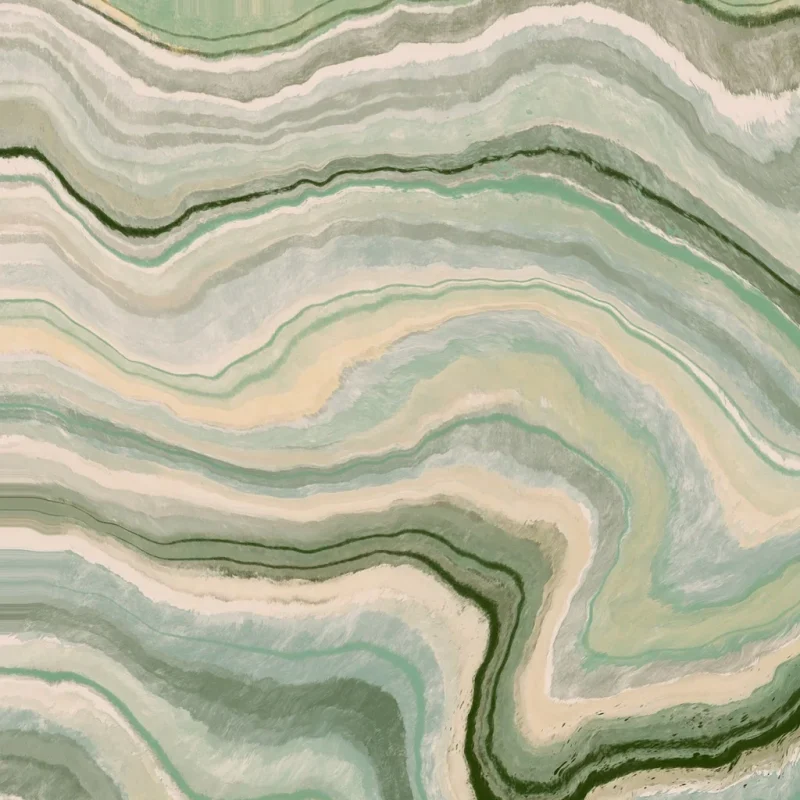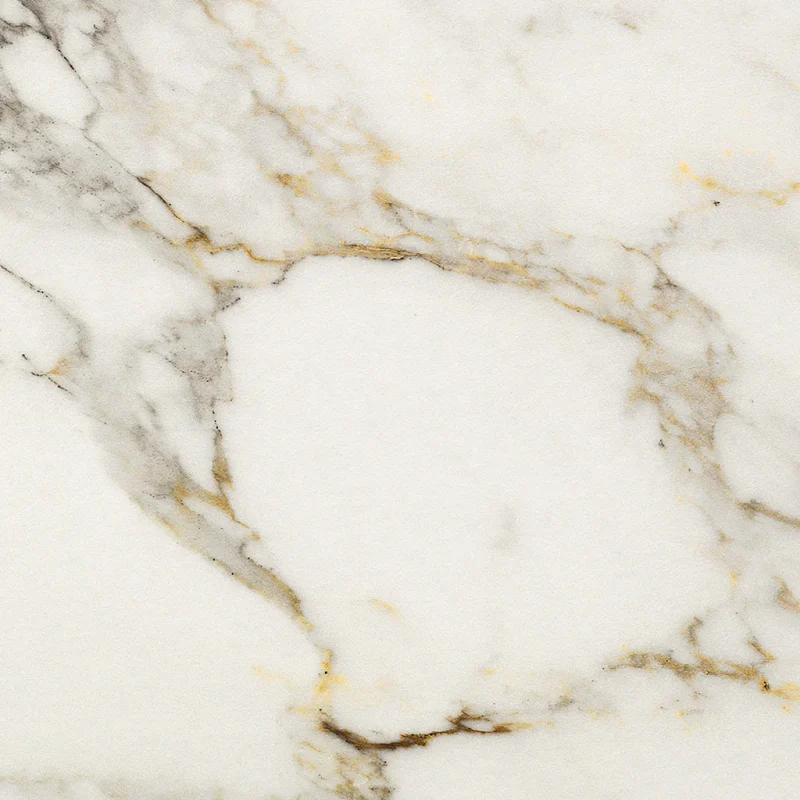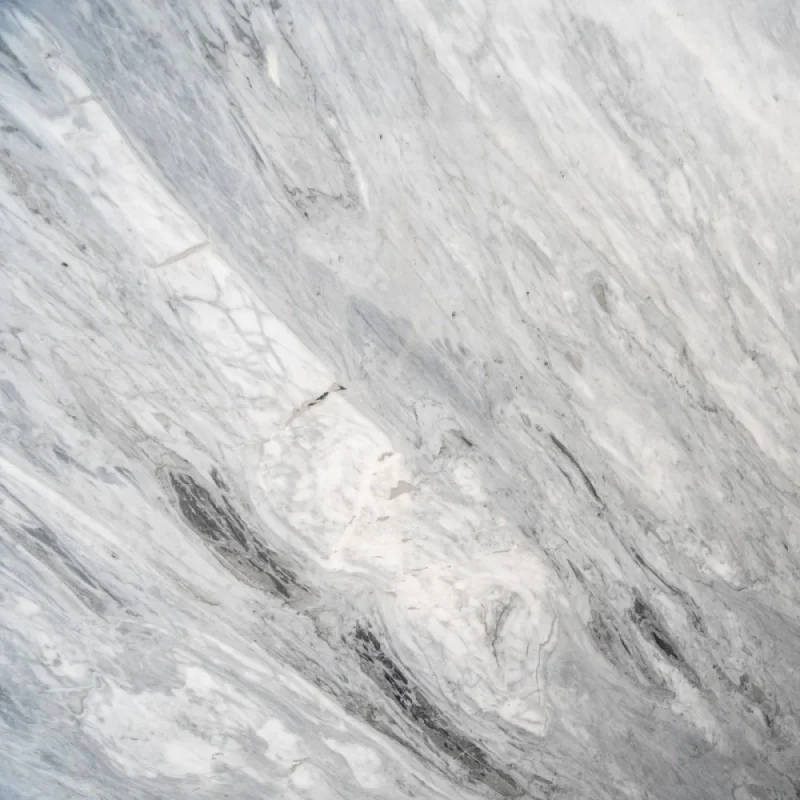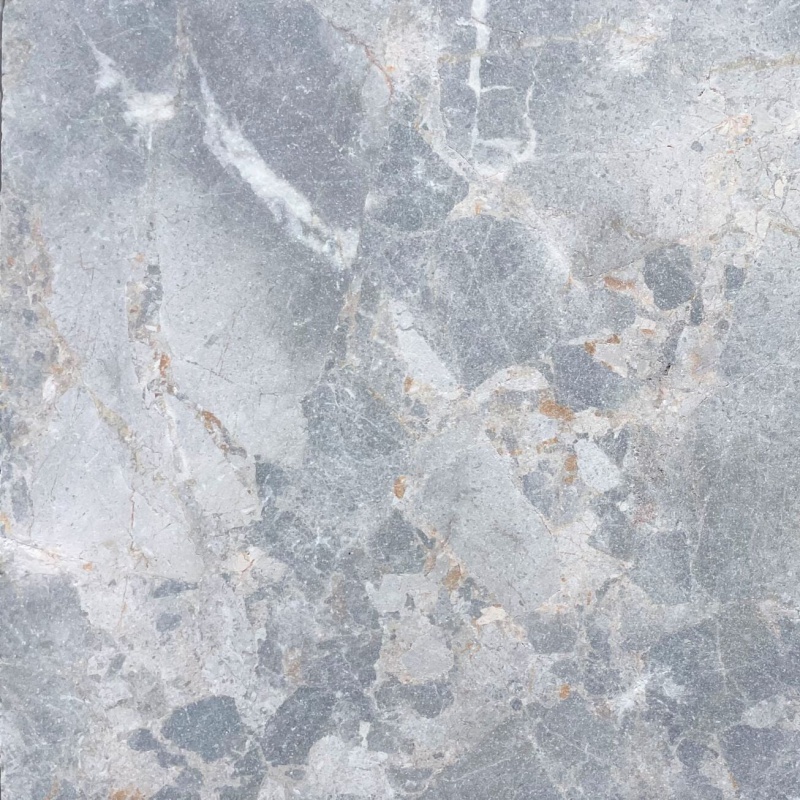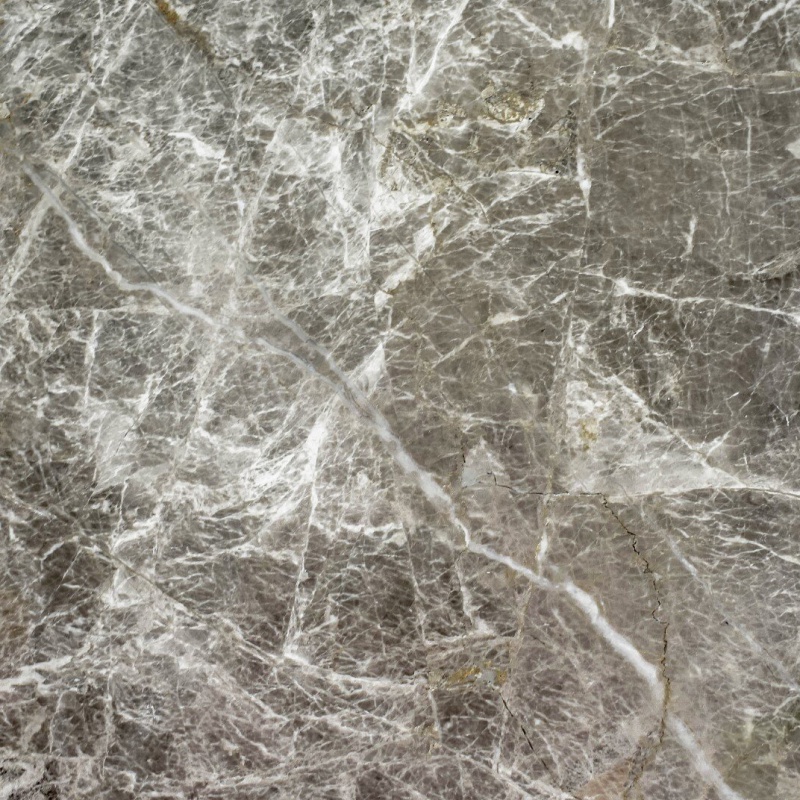Sculpted by Earth, Admired by All
Marble Design
Marble is a metamorphic rock that is formed from the metamorphism of limestone. Its distinctive veining patterns and a wide range of colors characterize it. Here are some critical aspects of marble:
- Formation: Marble is formed through the metamorphism of limestone, a sedimentary rock composed primarily of calcium carbonate. The metamorphic process involves heat and pressure, causing the recrystallization of the original limestone minerals into a new structure.
- Composition: The primary mineral in marble is calcite, although it can also contain other minerals such as dolomite, serpentine, and various types of silicates. The presence of impurities and minerals during its formation contributes to the variety of colors and patterns seen in marble.
- Colors and Patterns: Marble comes in a wide range of colors, including white, gray, black, pink, green, and more. The distinctive veining patterns result from mineral impurities or fractures during the metamorphic process. The unique patterns make each piece of marble one-of-a-kind, contributing to its aesthetic appeal.
- Types of Marble: Carrara Marble: White or blue-gray marble with delicate, feathery veins; quarried in Carrara, Italy. Calacatta Marble: White marble with bolder and more dramatic veining patterns; also quarried in Italy. Crema Marfil: A beige or yellowish marble with light veining, often used in flooring and countertops.
- Uses: Marble has been used for various historical purposes, including sculptures, buildings, and decorative elements. Common modern uses include countertops, flooring, wall cladding, fireplace surrounds, and bathroom vanities.
- Care and Maintenance: Marble is relatively soft compared to other stones, making it susceptible to scratching and staining. It requires regular sealing to protect it from moisture and staining. Acidic substances, such as vinegar and citrus juices, can etch the surface of marble, so it’s important to clean spills promptly.
- Quarrying: Marble is quarried from mines around the world. Some of the most renowned marble quarries are in Italy, Greece, Turkey, Spain, and the United States.
- Cultural Significance: Marble has been used in various iconic sculptures and buildings throughout history, including the Parthenon in Athens and Michelangelo’s David.
It is often associated with luxury and opulence due to its elegant appearance. While marble is admired for its beauty and versatility, its use is usually carefully considered due to its susceptibility to damage and the maintenance required to preserve its appearance. Advances in sealants and surface treatments have helped mitigate some of these concerns, making marble a popular choice for various applications.
world of marble
Advantages of Marble
Aesthetic Appeal: Marble is prized for its natural beauty, unique veining patterns, and wide range of colors, making it a popular choice for decorative purposes.
Luxurious Appearance: Due to its historical use in sculptures and grand structures, marble is often associated with luxury and elegance, adding a touch of sophistication to any space.
Cool Temperature: Marble tends to stay cool to the touch, making it a favorable choice for flooring in warmer climates.
Versatility: Marble can be used in various applications, including countertops, flooring, wall cladding, fireplace surrounds, and decorative accents.
Increases Property Value: Using marble in homes and buildings can enhance property value due to its perceived high-end and timeless appeal.
Longevity: When properly cared for, marble surfaces can last many years, making them a durable option for various applications.
Natural Material: Marble is a natural stone, and its extraction and processing have less environmental impact compared to some synthetic materials.

